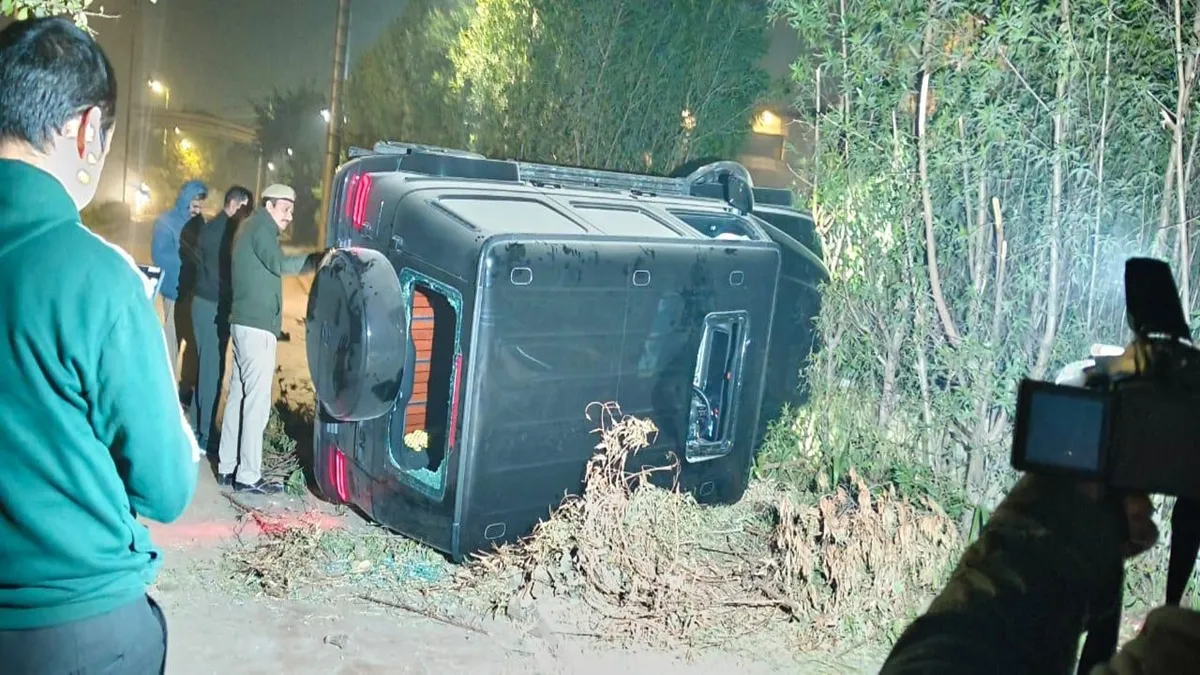

Modi visit Manipur ethnic clashes: Two years later
Modi Visits Manipur After Long Silence
Prime Minister Narendra Modi visited Manipur for the first time since the ethnic violence that began in May 2023. The visit comes nearly two years after over 200 people died and more than 60,000 were displaced in clashes between the Meitei and Kuki communities.
During the height of the crisis, Modi remained absent and largely silent, drawing criticism from civil society and opposition leaders. His recent visit, filled with development announcements and official meetings, has been seen as both symbolic and politically calculated.

The timing of the visit is critical. After the 2024 general elections, where the BJP lost ground in the Northeast, Modi’s appearance in Manipur seems aimed at regaining trust. While he was welcomed in Meitei-majority areas, many Kuki groups boycotted his visit, calling it too little, too late.
Instead of visiting relief camps or speaking with displaced families, Modi focused on inaugurating infrastructure projects. These included roads and digital facilities intended to boost connectivity under the Centre’s Act East Policy. However, locals and activists argue that development cannot replace justice and reconciliation.
Political Strategy Behind Modi Visit Amid Ethnic Tensions
The roots of the violence lie in deep ethnic divisions. The Meiteis, who dominate the valley, sought Scheduled Tribe status, which would give them access to tribal land and benefits. Kukis, mostly Christians living in the hills, saw this as a threat to their rights and identity.
When the Manipur High Court recommended ST status for Meiteis, protests erupted. What followed was one of the worst outbreaks of ethnic violence in Northeast India in decades. Entire villages were burned. Security forces struggled to restore order. Internet services were suspended for months.
Two years later, the wounds are still fresh. Thousands remain in relief camps, unable to return home. Armed groups continue to operate, especially in hill districts. Despite temporary calm, Manipur remains divided, both socially and geographically.
Economically, the state has suffered major setbacks. Border trade with Myanmar has collapsed due to conflict and regional instability. Local markets are struggling. Tourism has disappeared. For a region once seen as a key part of India’s Northeast development strategy, the violence has undone years of progress.
Modi’s visit also has a strategic dimension. With Myanmar in political crisis and insurgency rising, the Indian government wants to secure its eastern border. Manipur’s location makes it vital to national security, especially as China increases its presence in the region. In this context, the visit signals control, not just concern.
Still, many in Manipur feel left behind. Development projects are not enough if the victims of violence are ignored. Trust between communities is broken. Without a transparent and inclusive peace process, progress will remain cosmetic.
Modi’s visit may offer political optics and symbolic presence, but real healing in Manipur will require accountability, dialogue, and long-term commitment. The people are not just waiting for developmentthey are waiting for justice.

NewsHasghag operates a 24/7 news bureau that tracks the real-time, social media-driven stories from India and around the world, keeping you ahead of the day’s key talking points. Our digital-first approach transforms storytelling through the seamless integration of data, interactive charts, video, and audio into every narrative.









